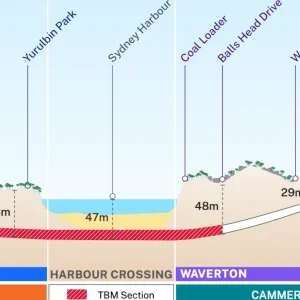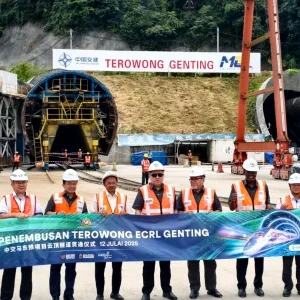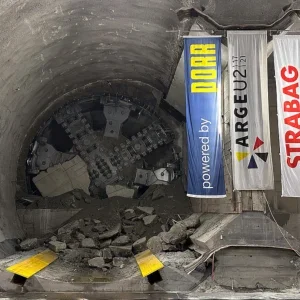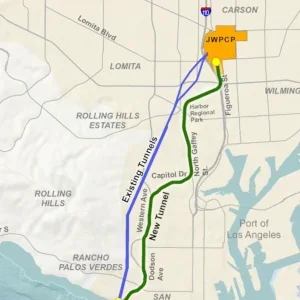New models to fund the future construction of underground metro systems in large cities must be found according to The International Association of Public Transport’s (UITP) Metro Committee, which has published an official position paper stating that underground systems are the most efficient urban transport networks in terms of energy consumption and space occupancy.
The paper, called “The metro: an opportunity for sustainable development in large cities” offers funding recommendation for the establishment of more metro lines. The UITP also proposes that metro lines should play a far more important role in urban development and form the backbone of future city expansion.
“Of course metro systems are heavy infrastructures that require high levels of investment in order to be built and maintained,” said Hans Rat, UITP’s secretary general. “To make the funding possible, new partnerships must be developed to complement the conventional forms of direct investment by public authorities.”
UITP researched the RATP underground system in Paris, to compare it to other forms of transport. To transport 50,000 passengers per hour, a metro needs a right of way 9m wide whereas a bus would require 35m and cars 175m. One kEP, (kg equivalent petrol) will allow a single person to travel more than 48km by metro, 38km by bus, but no more than 19km by car. The metro is also far more environmentally friendly.
The UITP has over 2000 members in 80 countries and is the organisation for public transport authorities and operators, policy decision makers, scientific institutes and the public transport supply and service industry.







